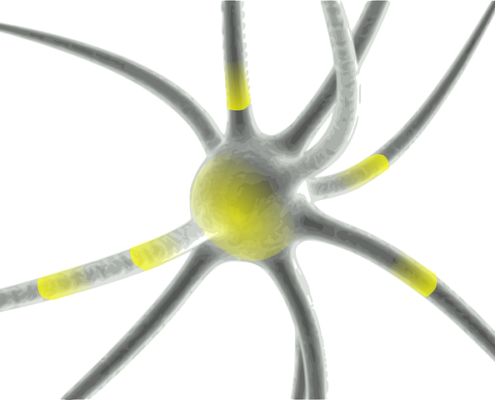Brain Mapping Can Identify ADHD
 In 2013, the Food and Drug Administration approved the first objective brain wave test to help properly diagnose attention deficit hyperactivity disorder (commonly referred to as ADHD). Christy Foreman, a director at the FDA, said in a statement that the testing would help healthcare providers more accurately determine whether ADHD was the cause of a particular behavioral problem. Since that time, neurofeedback therapy, using brain wave mapping technology, has helped healthcare providers and parents get an accurate determination of whether ADHD is the cause of a child’s struggles and provided therapy for a true health solution.
In 2013, the Food and Drug Administration approved the first objective brain wave test to help properly diagnose attention deficit hyperactivity disorder (commonly referred to as ADHD). Christy Foreman, a director at the FDA, said in a statement that the testing would help healthcare providers more accurately determine whether ADHD was the cause of a particular behavioral problem. Since that time, neurofeedback therapy, using brain wave mapping technology, has helped healthcare providers and parents get an accurate determination of whether ADHD is the cause of a child’s struggles and provided therapy for a true health solution.
In fact, in 2012, the American Academy of Pediatrics released a report as a guide for medical doctors in choosing appropriate treatment interventions for many childhood conditions. The report listed neurofeedback as a Level One, Best Support Treatment for ADHD – as effective as medication but without dangerous side effects.
This is great news for parents who don’t wish to medicate their children, as their young brains are still rapidly developing. Another thing to consider is that every medication comes with side effects, and every child processes medication differently.
“In fact, states Leanne O’Neil, owner of INDY Neurofeedback, “The techniques used by INDY Neurofeedback have been used by many healthcare providers all over the world for the past 35+ years. In addition to identifying the brain wave patterns associated with ADHD, the testing also provides the basis for neurofeedback training.”
INDY Neurofeedback has helped children and adolescents overcome many of the symptoms associated with brain wave imbalance. The non-invasive brain mapping identifies unbalanced brain wave patterns that may be related to focus and attention issues. The results of this mapping are used to design a program to teach children how to better regulate their brain wave patterns.
Leanne O’Neil says, “We find that when a child (or adult) learns how to self-regulate brain imbalances, many behavioral issues improve. Students become calmer in class, more focused, and better able to concentrate. Confidence improves. Grades often go up. Behavior outside of school usually improves, too.”
Neurofeedback has been shown to help numerous other conditions in addition to ADHD, including: autism, dyslexia, insomnia, anxiety, chronic pain, headaches, memory loss, stress disorders, and post-concussion syndrome.
If you have a question about how neurofeedback can help you or your child, please call us at 317-888-8500, or email us at office@indyneurofeedback.com.

 The human brain contains an estimated 90 billion neurons, each one a different size and shape. Interestingly, just one neuron can reach from one side of the brain to the other. But no matter the length or shape, each neuron links to hundreds upon hundreds of others in an amazingly complicated network.
The human brain contains an estimated 90 billion neurons, each one a different size and shape. Interestingly, just one neuron can reach from one side of the brain to the other. But no matter the length or shape, each neuron links to hundreds upon hundreds of others in an amazingly complicated network.
 Cognitive behavioral therapy, commonly known as CBT, can help people better control their emotions by teaching them new ways of thinking. A recent study suggests this approach could be strengthened by using neurofeedback.
Cognitive behavioral therapy, commonly known as CBT, can help people better control their emotions by teaching them new ways of thinking. A recent study suggests this approach could be strengthened by using neurofeedback.